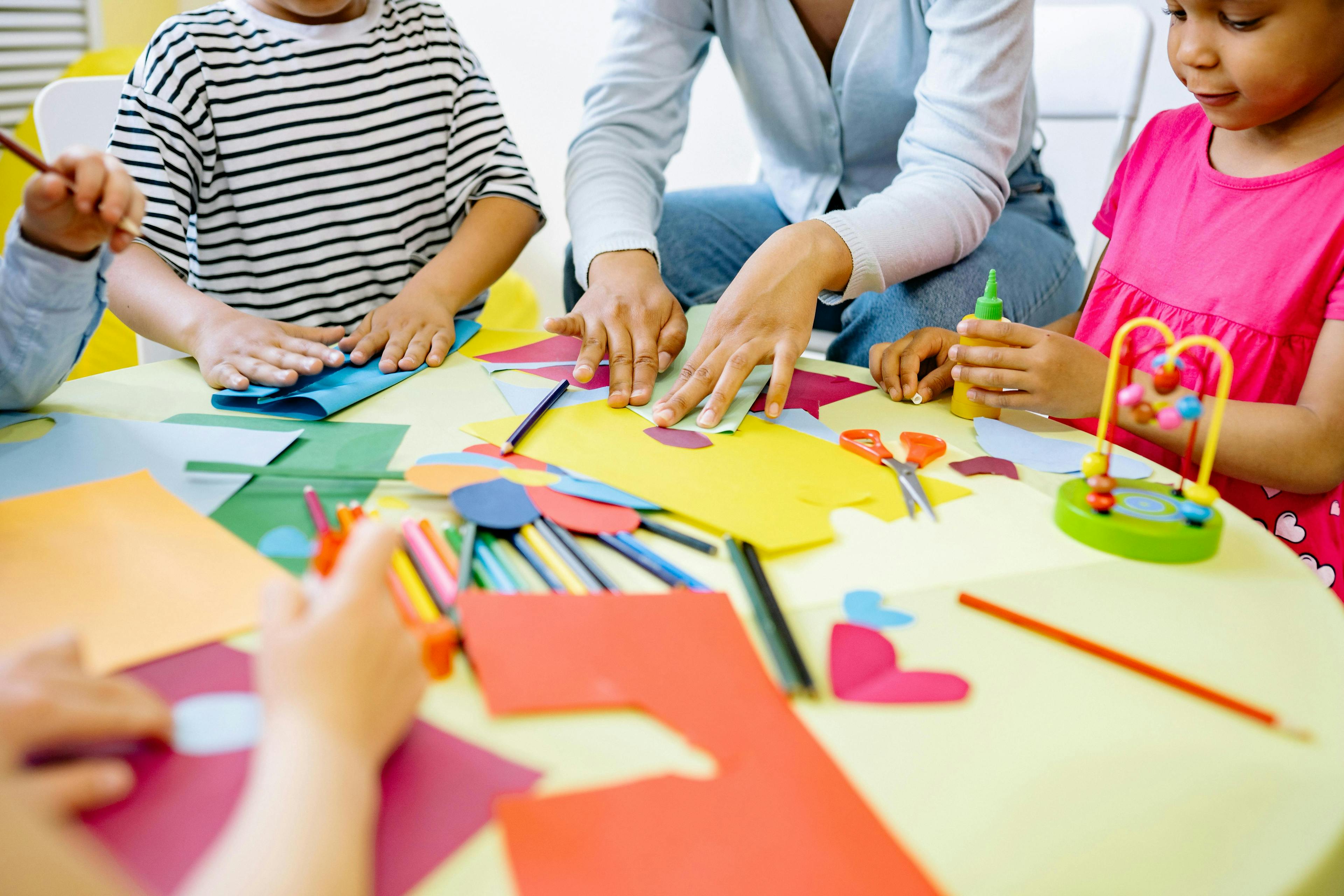
The Role of Visual Learning in Improving Student Performance
Would you like to keep your students switched on in your sessions? Incorporate visual learning in your classroom teaching techniques and adapt to this generation’s digital natives that best learn with pictures, diagrams, animations, videos, and other visual aids.
Keep reading and learn more about the role of visual education in improving student performance.
What Is Visual Learning?

This method uses a learner’s visual sensory models to help them understand the lesson better through stimuli like mind maps, images, graphs, videos, and slides.
These visual aids communicate ideas and thoughts straightforwardly and allow learners to process, comprehend, and retain information quickly.
Fast Facts About Visual Education
- Sixty-five percent (65%) of the general population are visual learners.
- Forty percent (40%) of learners respond to visual information better than they do with just text.
- Did you know that children recall only 10% of what they read compared to 30% of what they see?
- Using visual learning techniques in the classroom can improve learning by 400%
- With classroom visual aids, learning improves by up to 200%.
Types of Learning Styles
Before we continue to the benefits of visual aids in education, let’s briefly touch on the different learning styles.
The VARK Learning Theory is the most popular categorization Fleming and Mills suggested in 1992.
It states we’re one of the four primary types of learners, suggesting we have diverse stimulus sense modalities preferred when processing and retaining new information.
Visual learners prefer and learn best when presented with visual images, diagrams, and graphs.
They remember places and faces by picturing them in their minds. People with this learning style excel in engineering, design, and architecture.
Meanwhile, auditory learners or aural learners learn through listening. They interact better with materials presented through discussions and lectures.
On the other hand, reading and writing learners learn through text-based input and output.
They absorb learning better through reading manuals, textbooks, notes, and handouts or writing essays.
They use reference materials and rewrite/reread notes over again. Often, they excel in journalism, writing, and law.
Lastly, kinesthetic or tactile learners understand information better through experience.
They prefer active exploration through testing/experimenting or by movement. These learners excel in dance, sports, and performing arts.
Types of Visuals

Numerous studies report that 75% of the information our brain processes is from visual formats like the following.
Videos & Animations engage learners and are best for storytelling. They demonstrate concepts, provide real-life examples, simulate complex processes, and create an immersive experience for students.
Infographics combine data, visuals, and text, presenting information understandably and compellingly. They're perfect for statistics and information summaries.
Images & illustrations can convey abstract and complex ideas in a visually appealing and precise manner, helping students retain information through creating mental associations and visualizing concepts from diagrams, photographs, and drawings.
Teachers effectively use images and illustrations to illustrate processes, discuss real-world applications of the subject, and give examples.
Diagrams & Flowcharts can represent complicated data, including systems and processes, by providing a visual guide. They allow students to understand the interrelationships between elements and identify their different components.
Graphs & Charts can represent trends, data, and relationships through pie charts, bar graphs, and line graphs. These visual aids help learners interpret data visually, understand statistical information, and come up with precise conclusions.
Virtual & Augmented Reality gives learners a sense of presence and allows them to discover and explore virtual environments. Virtual and augmented reality also offers an interactive and immersive learning experience, engage learners with simulated scenarios, and enable them to manipulate objects.
Benefits of Visual Learning

Visual learning is practical and easy to incorporate in study sessions, helps retain information, and makes learning MORE fun! Let’s discuss this in the following.
Memory Retention
Visual learning improves memory retention by engaging our brain deeply and breaking down complex ideas into simpler, easier-to-understand information chunks.
In addition, it aids our brain in creating mental associations by connecting new information to our existing knowledge. Visuals also act as memory cues. For instance, when asking your students to memorize a list of words, you can use images to represent their meaning.
Comprehension
Visual education can enhance student performance because it can help them form a more precise understanding of a topic.
For instance, seeing images or diagrams helps them better see the connection between pieces of information.
Engagement
Visual aids are also engaging and motivating, especially since some learners can be quickly bored by traditional learning methods.
So, if you're an instructor who wants to capture your students’ attention and keep them engaged in the lesson, use visual aids.
Is your lesson about human evolution? You can use animation or video to explain it to your students instead of asking them to read a book.
Information Organization
Mind maps, for example. Students can create one when studying for an exam to organize complex information and remember it easily.
Using infographics, diagrams, and mind maps, you can help your students understand different information and analyze how they fit together while reinforcing the main ideas and concepts.
Learning becomes MORE fun!
Students can find some subjects monotonous and boring. Capture their attention and increase their lesson engagement with charts, images, and animations/videos that can make your sessions more fun, turning even the most boring topics into enjoyable ones!
We have another interesting post "Unlocking the Power of AI Tutor in Visual Education: The Future of Learning with Puppetry"to check out and learn about AI tutor in today's classroom.
Final Thoughts
Tools like diagrams, videos, animations, and infographics help educators create more fun, interactive, and engaging student learning experiences.
They appeal to and help visual learners understand complex ideas and concepts more quickly.
Nonetheless, visual learning tools improve a learner’s performance because they can improve memory retention, help organize information, increase motivation, and enhance comprehension.